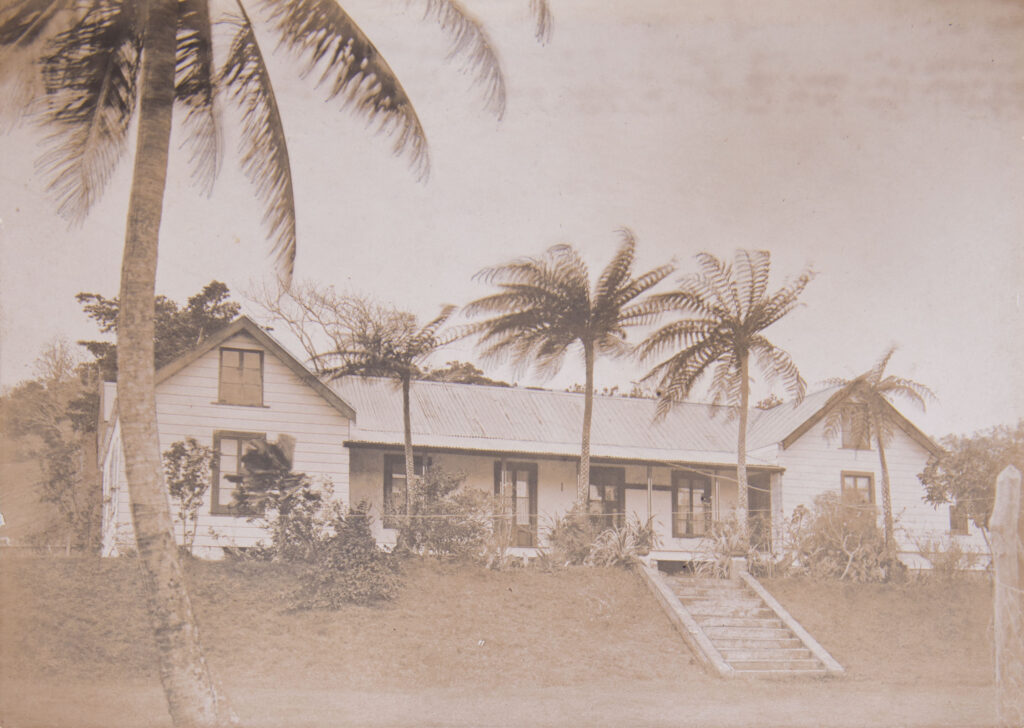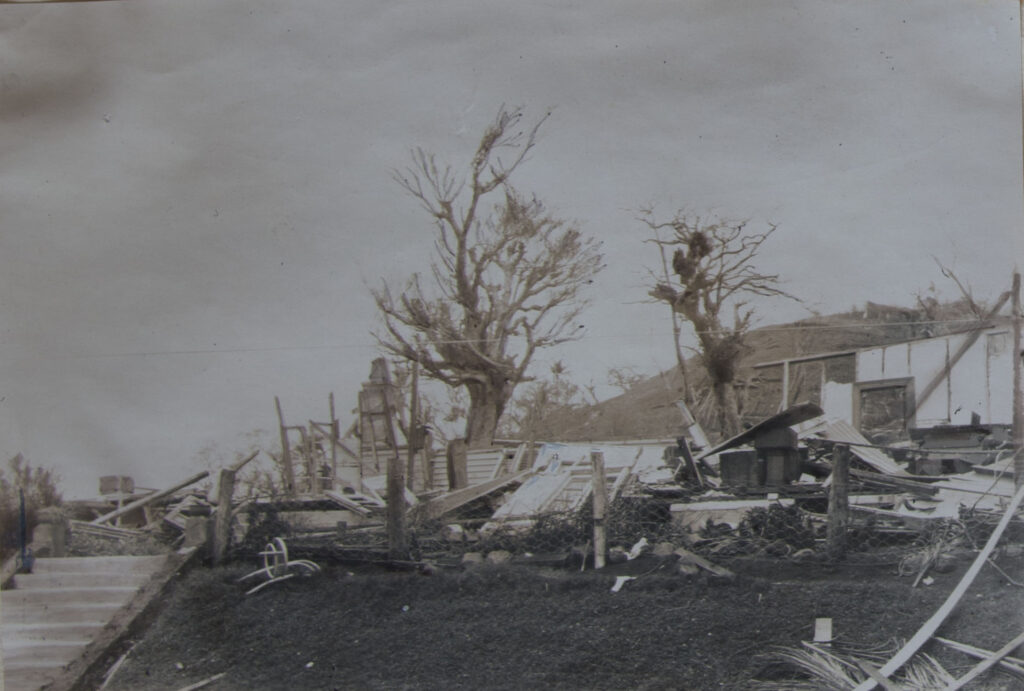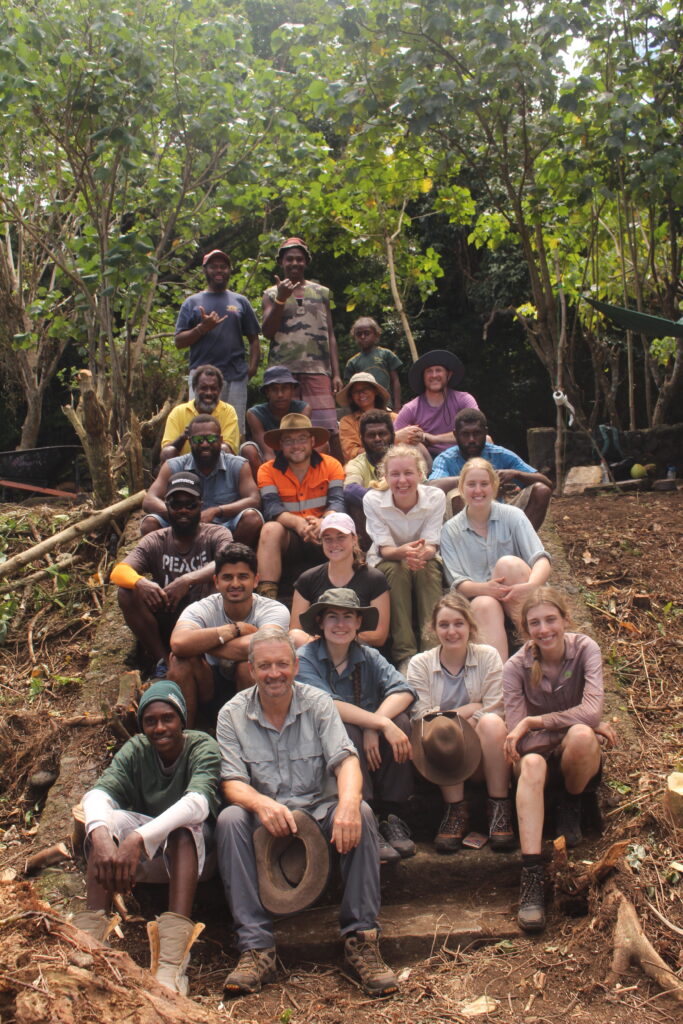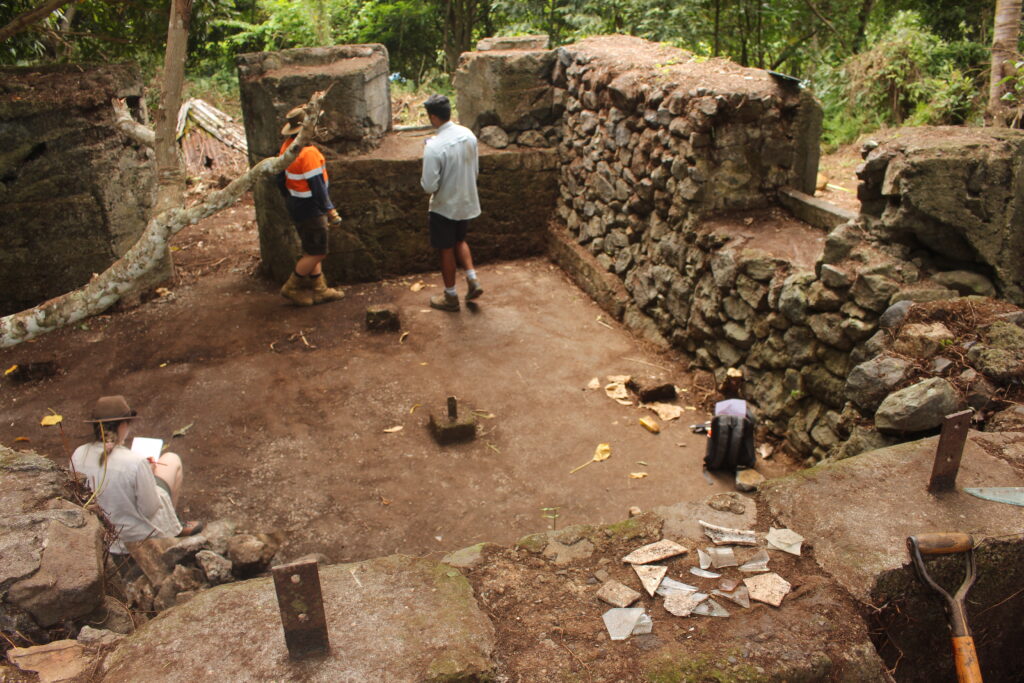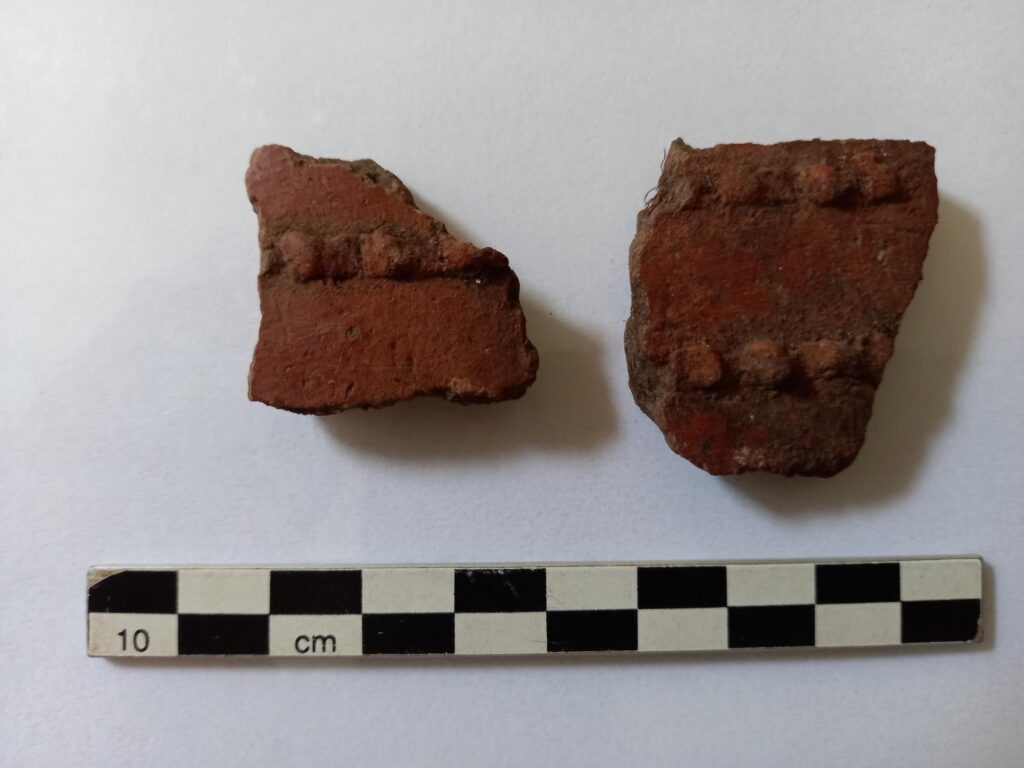
The archaeology of mission stations has been a focus in Vanuatu for some 10 years now with a number of researchers primarily from the ANU collaborating with their counterparts at the Vanuatu Cultural Centre (VCC) and VCC fieldworkers and communities on islands in the south of the archipelago. This has included James Flexner, Martin Jones, Richard Shing, Edson Willie and the late Jerry Taki on Erromango and Tanna, and Stuart Bedford, Matthew Spriggs, Iarawai Philip, Jones, Shing and the late Frank Inhat on Aneityum. Some of the same people then excavated and recorded the first mission station on Aniwa Island. These islands in the south of the archipelago hosted the first Polynesian teachers from 1840 and then the first European missionaries soon afterwards. Much published data related to this research can be found in Flexner’s 2016 book, An Archaeology of Early Christianity in Vanuatu, and a special issue of the Journal of Pacific Archaeology (2020) that was dedicated to the late Angela Middleton.
This mission research was extended to the central islands of Vanuatu in September this year, when as part of an ANU/VCC fieldschool the house site of the Presbyterian missionary Oscar Michelsen was investigated. Michelsen was a Norwegian who came to the then New Hebrides, via New Zealand, as a missionary. Missionisation was later in the centre and the north of the archipelago and Michelsen was the first missionary on the island of Tongoa, arriving in 1879. He had a remarkably long career on the island, finally retiring in 1930 after 51 years. He was passionate about construction of church buildings and other related infrastructure, including a series of roads across the island. He was also responsible for establishing stations on nearby islands. In a report after a devastating cyclone in 1918 Michelsen reported damage to 47 church-related buildings!! The house site investigated, that of his third house where he lived from 1887 until his retirement, was a grand structure, an impressive feat of engineering, high on a hill in the north of the island, positioned above Limbukuti village in an area known as Ere. The location and construction of the house followed similar patterns that had been established by some earlier missionaries, located in area where miasma (bad air) could be avoided, as at the time it was still thought this was how malaria was transmitted, and it was designed so that air could flow freely underneath and through the house. Building high on exposed hills had it benefits, cool breezes most of the year, but also its hazards. The house was damaged and or almost destroyed and rebuilt numerous times. The stone and concrete foundations of the house and cellar are still well preserved and preliminary excavations and recording at the site were undertaken. The construction of the house required considerable input of local labour. The basalt beach boulders used for much of the foundations were sourced from the coast some 130m above sea level. We were told by people from Tongoa that a human chain had been set up with dozens of people strung out along the cliff passing the stone from the beach to the house site. A whole range of artefacts were recovered from the site but two of the more intriguing were sherds of local pottery, probably sourced from the island of Santo to the north. This has been a regular pattern at mission stations with indigenous pottery sourced from the north being found at or nearby every mission house that has been investigated in the south where pottery was not produced. Clearly missionaries were intrigued by local pottery production and most souvenired a vessel of two. Further investigations at this site and other mission related buildings are planned for in the near future.
